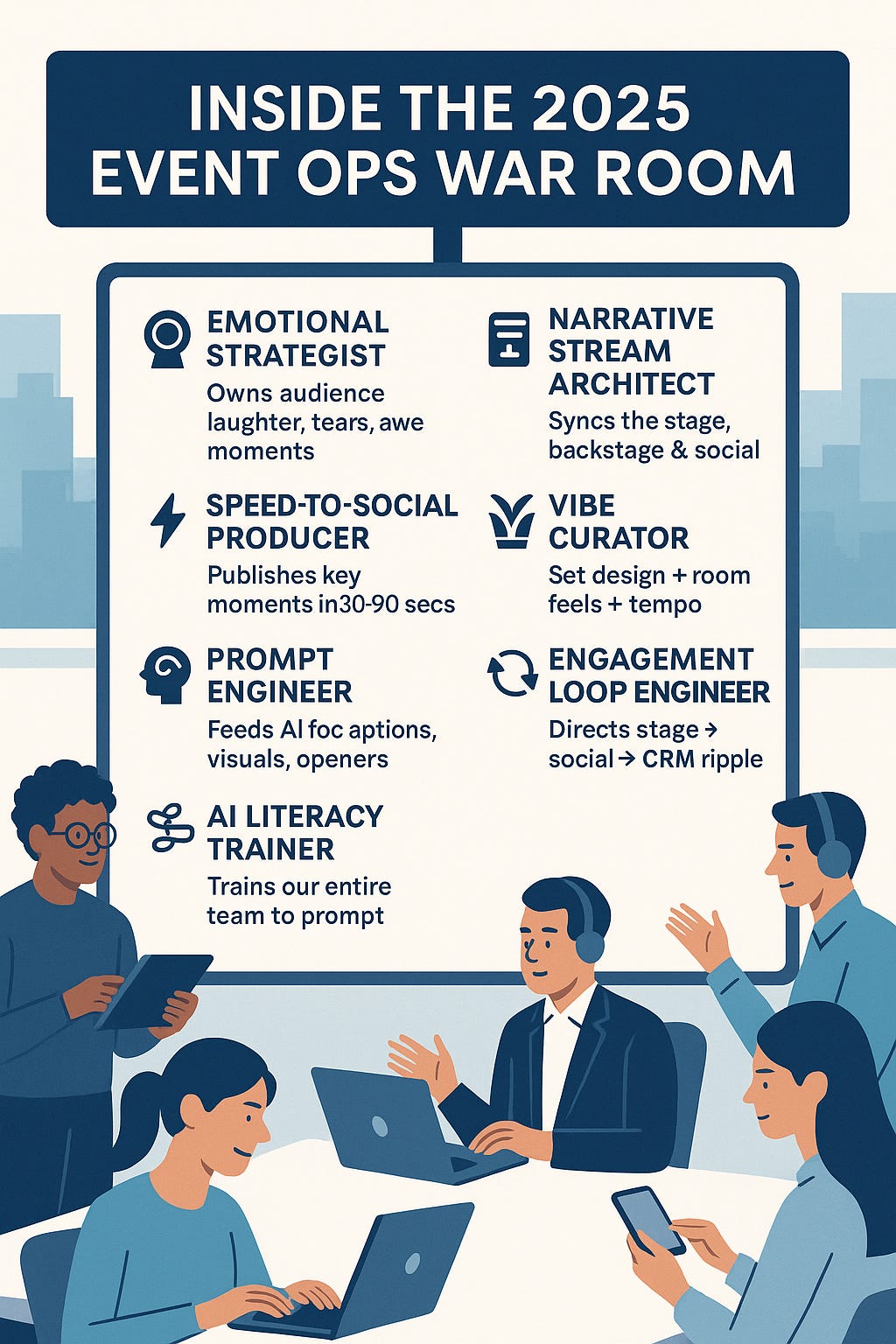Inside the New Event Ops War Room
George P. Johnson is Writing the New Scrip: "Wait, has anything really changed?"
That was my honest first reaction when I saw George P. Johnson celebrating its 111th anniversary. GPJ, one of the largest and oldest experience marketing firms in the world, had just posted a sleek reflection on their legacy—from flag-making for Detroit parades in 1914 to producing global hybrid showcases in 2025. But the underlying message felt almost …
Keep reading with a 7-day free trial
Subscribe to Gathering Point News to keep reading this post and get 7 days of free access to the full post archives.



